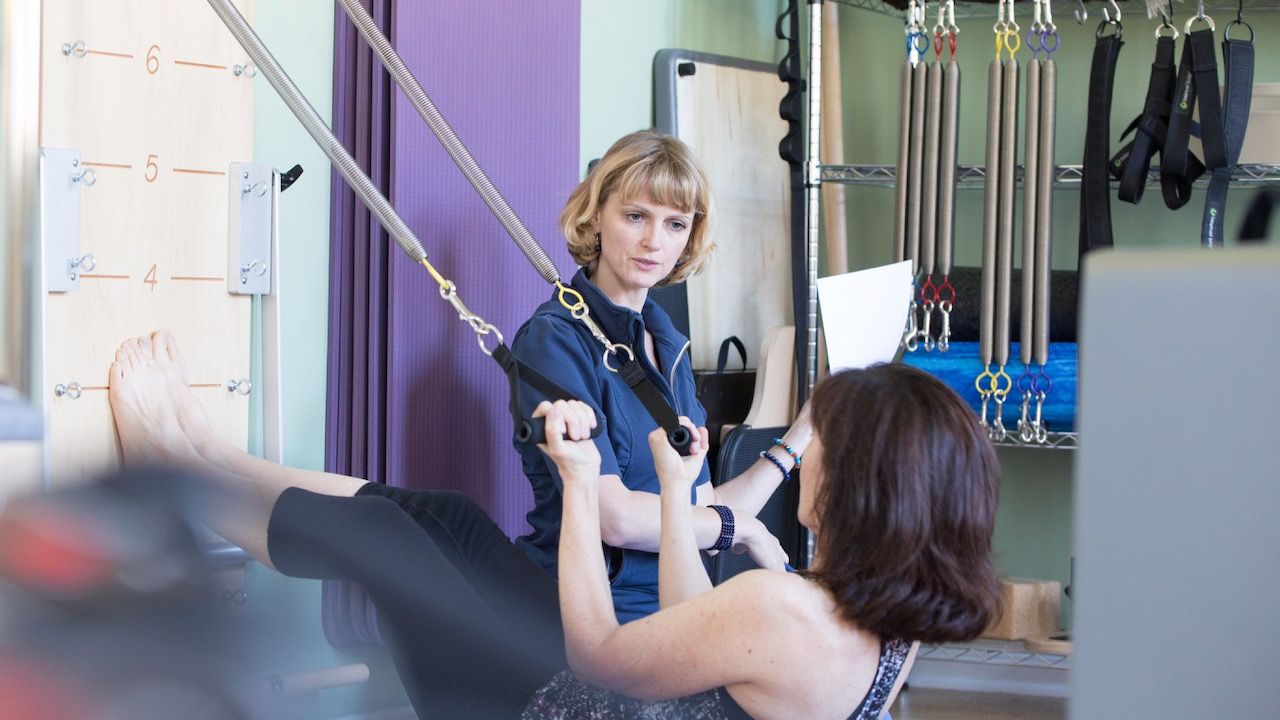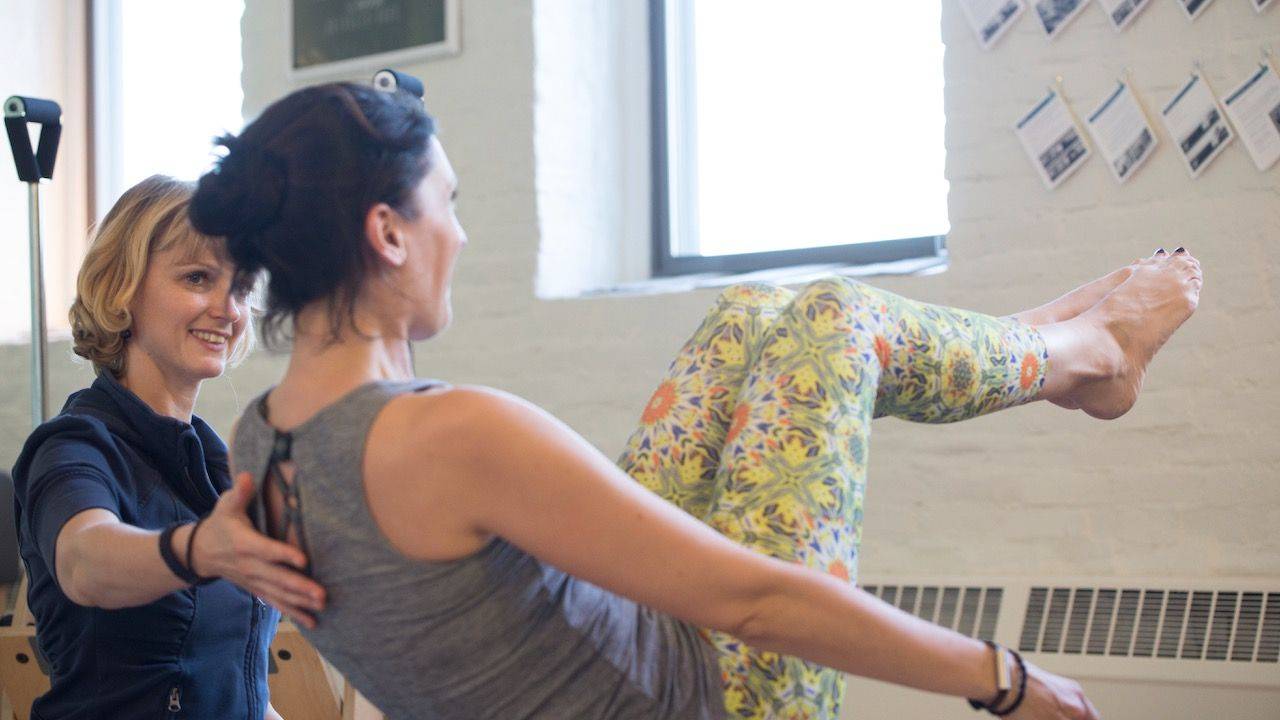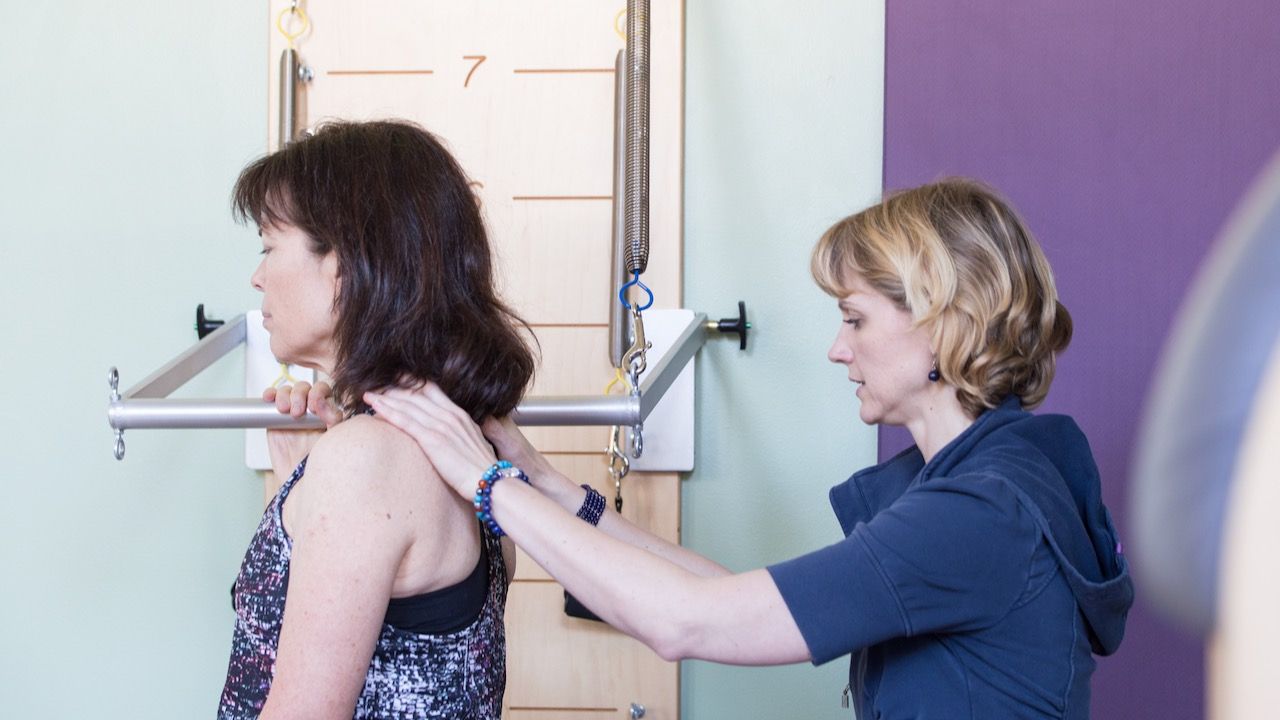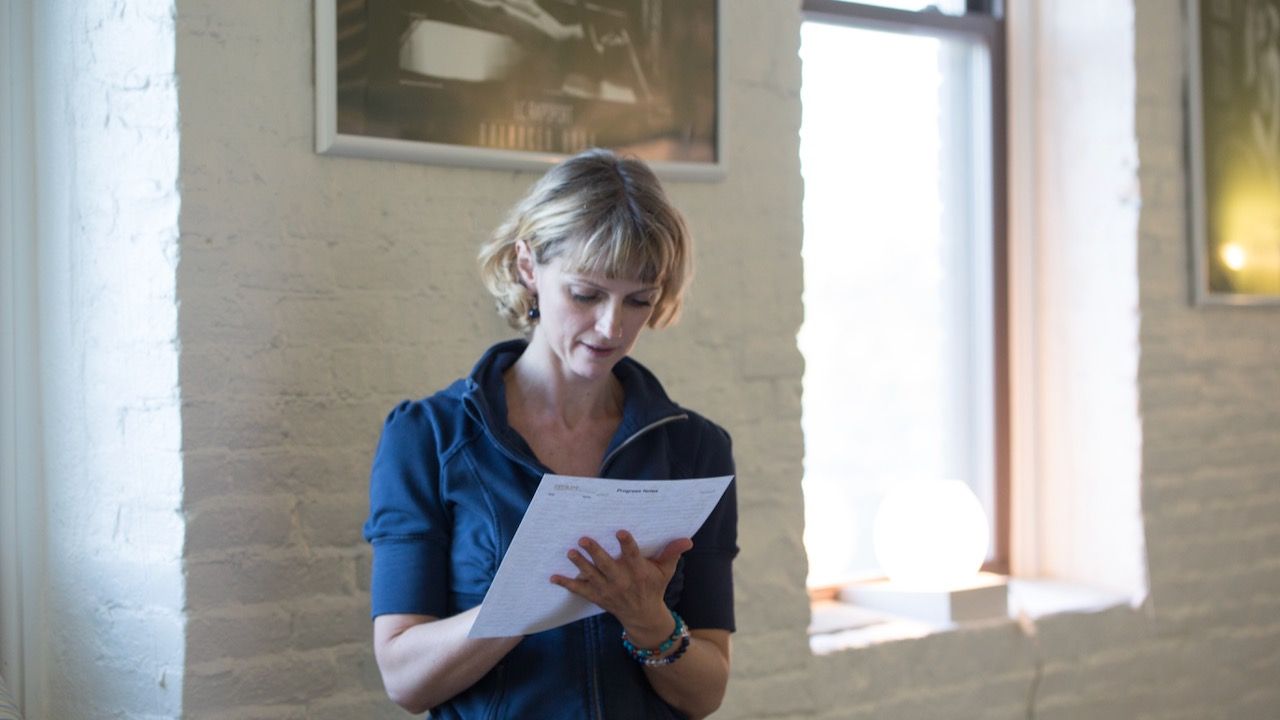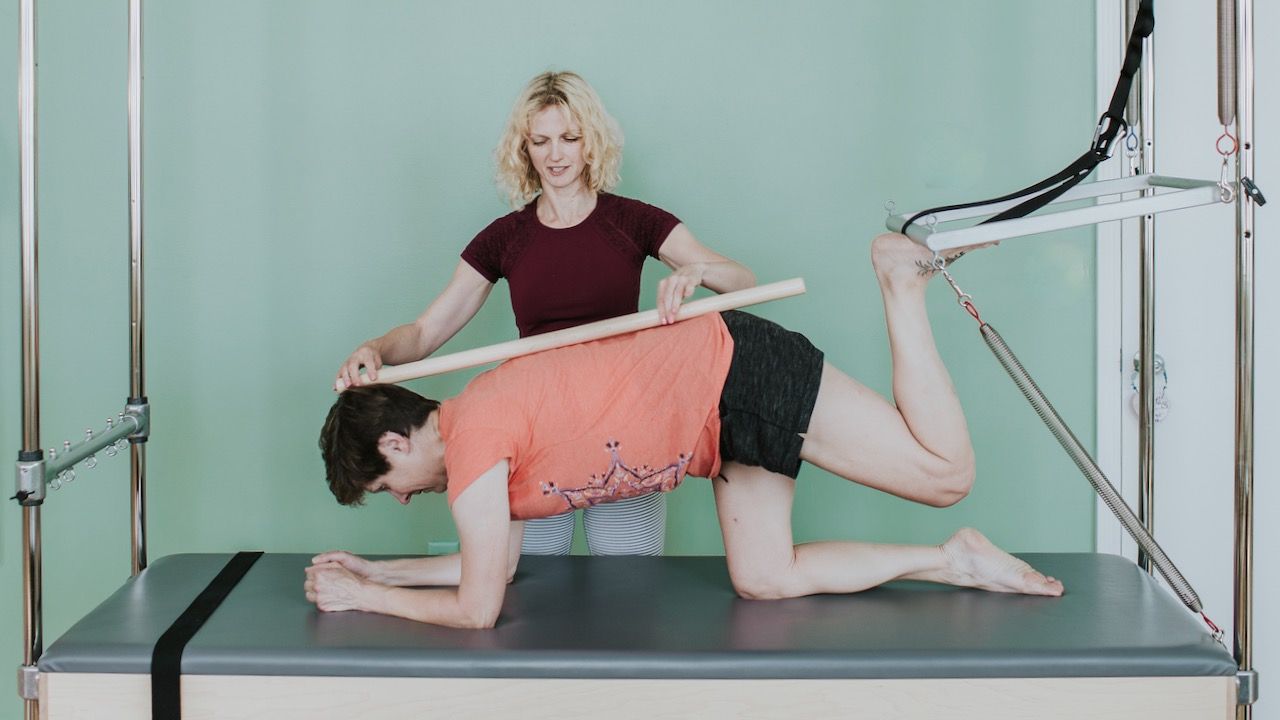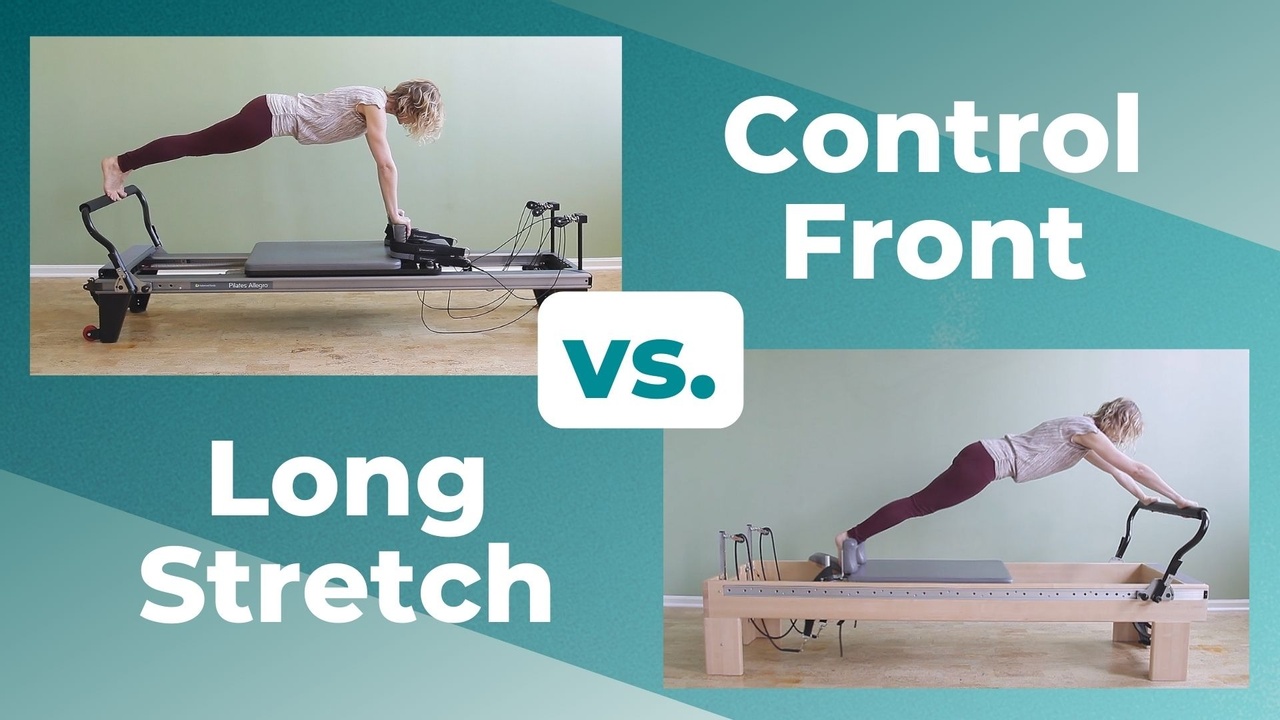
Long Stretch vs Control Front on the Reformer | The Pilates Plank in Motion
Aug 04, 2021In this blog post, we are going to look in detail at the Reformer Planks. In a previous blog post, I compared Planks on the mat and Spine Corrector.
There is Long Stretch, where you're facing the footbar, and there is Control Front (aka Front Control aka Control Balance Front aka Front Support) where you're facing the other way, namely the risers (sometimes referred to as the back of the Reformer).
To make sure we all agree on which exercise we're talking about, let's get a visual:
Long Stretch On The Reformer
Control Front On The Reformer
Movement Analysis
First, let's look at what's actually moving. In both cases, the only joint/area of the body that's actually moving is the shoulder joint, specifically shoulder flexion.
In both exercises, shoulder flexion is resisted because the springs lengthen while moving the arms forward.
The 3 big differences between Long Stretch and Control Front on the Reformer
Difference #1: Kinetic Chain
The first big difference is that your upper extremities work in a closed-chain kinetic environment in Long Stretch and in a pseudo-closed chain environment in Control Front.
The mind-body has an easier time organizing itself in a closed chain environment. This means closed-chain exercises are usually easier to learn than pseudo or open-chain environments. This explains why Control Front is more difficult than Long Stretch.
Difference #2: Good Helper Muscles
In Long Stretch, your feet and lower body can actively push against the head rest to help your arms into shoulder flexion. This is possible, because your body is moving through space while your hands remain still on the foot bar.
In Control Front, on the other hand, your body remains still in space, while your arms move forward. Nothing can help your shoulders, they are on their own.
Difference #3: Angle to Gravity
Lastly, in Front Control, your body is almost parallel to the floor. In Long Stretch, your shoulders are quite a bit higher than your feet. This makes lumbo-pelvic stability much easier for your trunk muscles.
Get support with your day-to-day teaching challenges
Ready to Teach Pilates with Clarity and Confidence?
Sign up to receive my weekly email newsletter. It's jam-packed with Pilates articles, videos, exercise tutorials and teaching tips.
Only super valuable stuff here. No spam ever. Unsubscribe any time.








